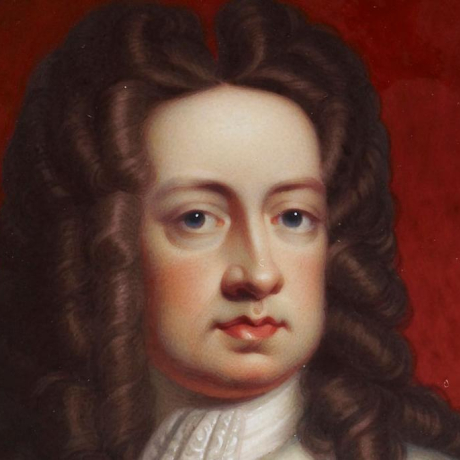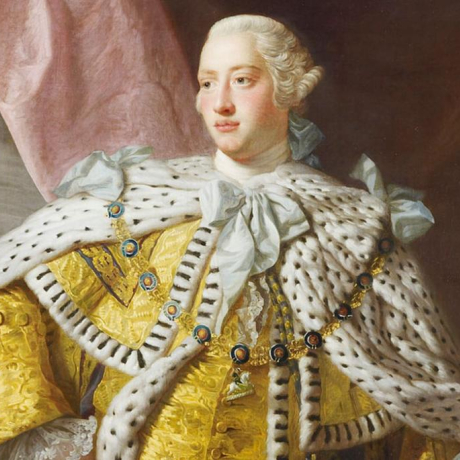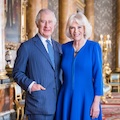1. George III became heir to the throne on the death of his father in 1751, succeeding his grandfather, George II, in 1760. He was the third Hanoverian monarch and the first one to be born in England and to use English as his first language.
Among the papers was an instruction manual on Kingship written by George III's father for his 10 year old son.

2. George III was devoted to his wife, Charlotte of Mecklenburg-Strelitz. They had 15 children, 13 of whom reached adulthood.
Researchers discovered an almost pristine lock of hair taken from their son, Prince Alfred before he died aged 1 year and 10 months in 1782, sewn in to a letter from Queen Charlotte to the children's long-
serving nanny Lady Charlotte Finch.

3. George III was the first king to study science as part of his education (he had his own astronomical observatory), and examples of his collection of scientific instruments can now be seen in the Science Museum.
You can view George III's drawings and calculations of the Transit of Venus across the sun on June 23, 1769 and his – accurate – forecasts of further transits in 1874 and 2004 via the Georgian Papers portal
4. The American War of Independence ran from 1775 to 1783 and resulted in Britain’s loss of many its colonies in North America. France was eager to retaliate against Great Britain following their defeat during the Seven Years' War. Various conflicts against Napoleonic France started in 1793 and led to the Battle of Waterloo in 1815.
The papers reveal George III's 'voracious interest' in every detail of the war in America, from how many soldiers and blankets were required, to recording every detail of the French fleet, including canons, in his own hand.
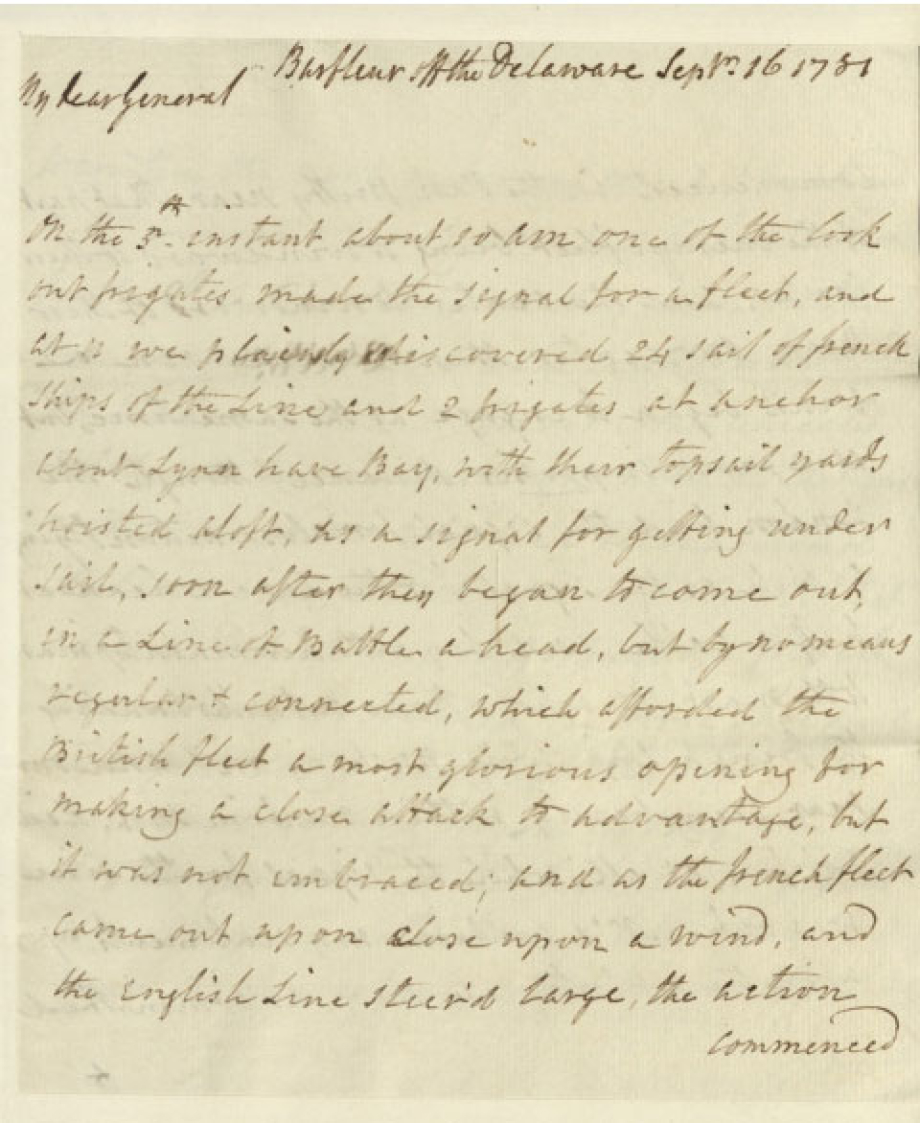
5. In 1760 George III commissioned the Gold State Coach is an enclosed, eight horse-drawn carriage still used by the British Royal Family today.
It was built in the London workshops of Samuel Butler at a cost of £7,562.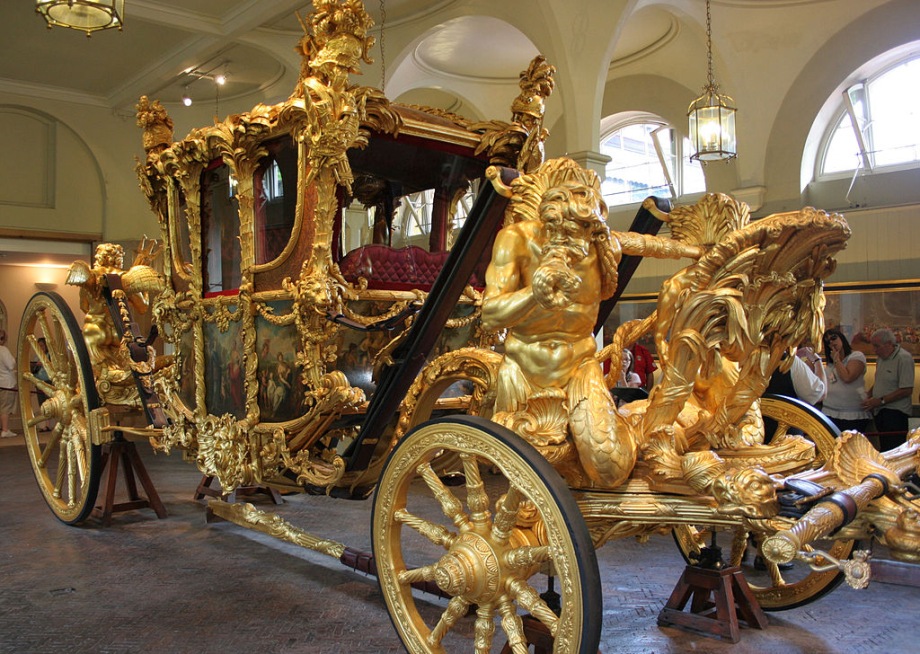
6. George III's accession in 1760 marked a significant change in royal finances.
Since 1697, the monarch had received an annual grant of £700,000 from Parliament as a contribution to the Civil List, i.e. civil government costs (such as judges' and ambassadors' salaries) and the expenses of the Royal Household. In 1760, it was decided that the whole cost of the Civil List should be provided by Parliament, in return for the surrender of the hereditary revenues by the King from the Crown Estate for the duration of his reign.
7. George III bought Buckingham House (now known as Buckingham Palace) in 1761 for his wife Queen Charlotte to use as a comfortable family home close to St James's Palace, where many court functions were held. Buckingham House became known as the Queen's House.
Many of the papers uncovered in the project so far include details of the running of the Royal Household and Royal functions, including a collection of 24 volumes providing details of the meals served to the Royal Family from 1815 to 1837.
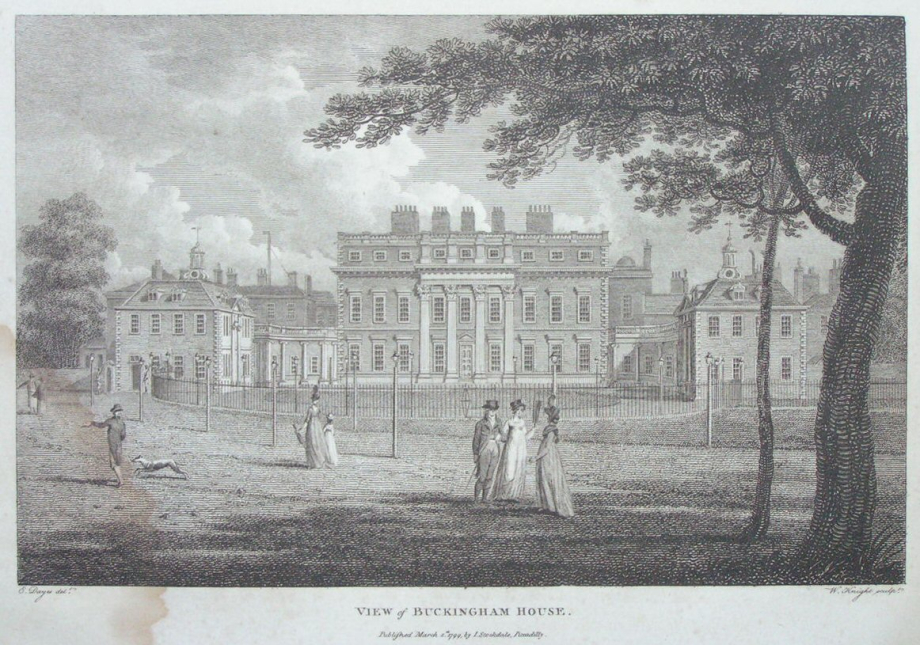
8. One of the most cultured of monarchs, George III started a new royal collection of books (65,000 of his books were later given to the British Museum, as the nucleus of a national library) and opened his library to scholars.
The Georgian Papers Programme allowed access to one of two of George III's private book collections established by him at Windsor, as shown in this library catalogue, revealing the extent of George III's personal interests in a way that his more public King's Library (now in the British Library) does not.
9. During his reign, George III acquired the nickname 'Farmer George', in part due to his agricultural interests and in part as a playful pun.
The survival of private papers offers one of the best opportunities to assess the true character and extent of George III’s agricultural interests including many notes made by him on agricultural books.

10. After serious bouts of illness in 1788-89 and again in 1801, George became permanently deranged in 1810. He was mentally unfit to rule in the last decade of his reign; his eldest son - the later George IV - acted as Prince Regent from 1811. Some medical historians have said that George III's mental instability was caused by a hereditary physical disorder called porphyria.
We may never know exactly what was wrong with George III, it may have been hypomania, but researchers studying his papers have found that breakdowns often came amid turmoil at home, including the premature death of his youngest daughter Princess Amelia from tuberculosis.







